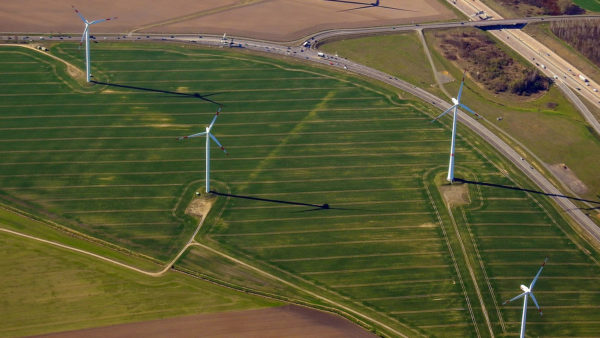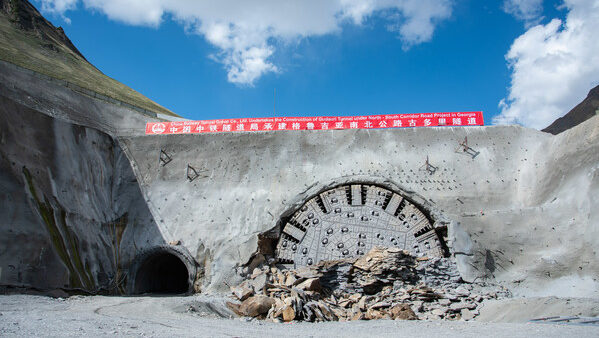The UK’s building control system is allowing construction of fundamentally unsafe offices and homes because official, standard laboratory fire tests on cladding are divorced from the reality of modern buildings.
This is the urgent claim made today by the Association of British Insurers (ABI), who commissioned independent research that copied standard test methods and found them inadequate.
Among the failings discovered was the use of wood-only fires to test materials, and not plastic, which is everywhere in modern building systems and which burns at least 100 degrees hotter, the research found.
Other failings included a tendency to treat cladding systems as sealed units, when gaps often occur during installation, allowing entry of flame-fuelling oxygen.
The tests, prompted by the Grenfell Tower disaster (pictured), "exposed the utter inadequacy" of standard fire-testing methods, said the ABI, which has been calling for urgent reform of the country’s building regulations. The association claims they are lax and outdated.
"This latest research is yet more evidence that fundamental reform is needed to keep our homes and commercial premises safe from fire," said Huw Evans, director general of the ABI.
"It is a matter of urgency that we create the right testing regime that properly replicates real world conditions and keeps pace with building innovation and modern design."
The ABI commissioned the Fire Protection Association (FPA) to carry out controlled experiments recreating what the FPA said were more realistic building conditions than those assumed in standard tests.
Main failings of the official testing regime included:
- Fires used to test materials burn only wood, whereas around 20% of the materials involved in modern blazes are plastic, which throws bigger flames and burns at least 100 degress hotter.
- Cladding materials are sometimes tested as a sealed unit, whereas when fitted on a building they often include gaps, and cover a far more extensive area.
- Materials tested will be in manufacturer condition, but during their actual use will often be pierced by vents or ducts.
FPA managing director Jonathan O’Neill said: "The results of this important research confirm long-held concerns by many in the fire sector that the current cladding test standard requires urgent review to ensure that systems that pass are reflective of the systems that are installed and of the risks to which they are exposed.
"We urge BSI (British Standards Institution) to urgently reconvene the group responsible for this standard to consider the results of this research and to make changes to the standard as required."
The ABI submitted this research to the government’s post-Grenfell review of building regulations and fire safety, being conducted by Dame Judith Hackitt.
In its October submission to the Hackitt Review, the ABI called for no combustible material at all to be allowed in cladding. The findings released today add more urgency to the need for reform, it said.
"Dame Judith Hackitt’s important work post-Grenfell has already recognised the building control system is broken," said Huw Evans.
Image: Grenfell Tower, north Kensington, London, soon after the blaze that killed 71 people in June 2017 (ChiralJon/Wikimedia Commons)
Comments
Comments are closed.











A very good point well made.
But what about the use of other safeguards such as:
1. Compartmentation;
2. Fire Doors;
3. Fire Alarms;
4. Sprinkler Systems.
All of the above would have assisted the London Fire Department in being able to isolate and control the spread of fire in the Grenfell Fire disaster, which I understand was a small fire caused by an electrical fault in the Kitchen of a Ground Floor apartment.
Why does it have to take a disaster of this magnitude with a major loss of life for the relative regulatory bodies in this country to sit up and take notice.
Common sense at last. Of course there are gaps when cladding is fixed. Maybe robots could fix it better than humans.